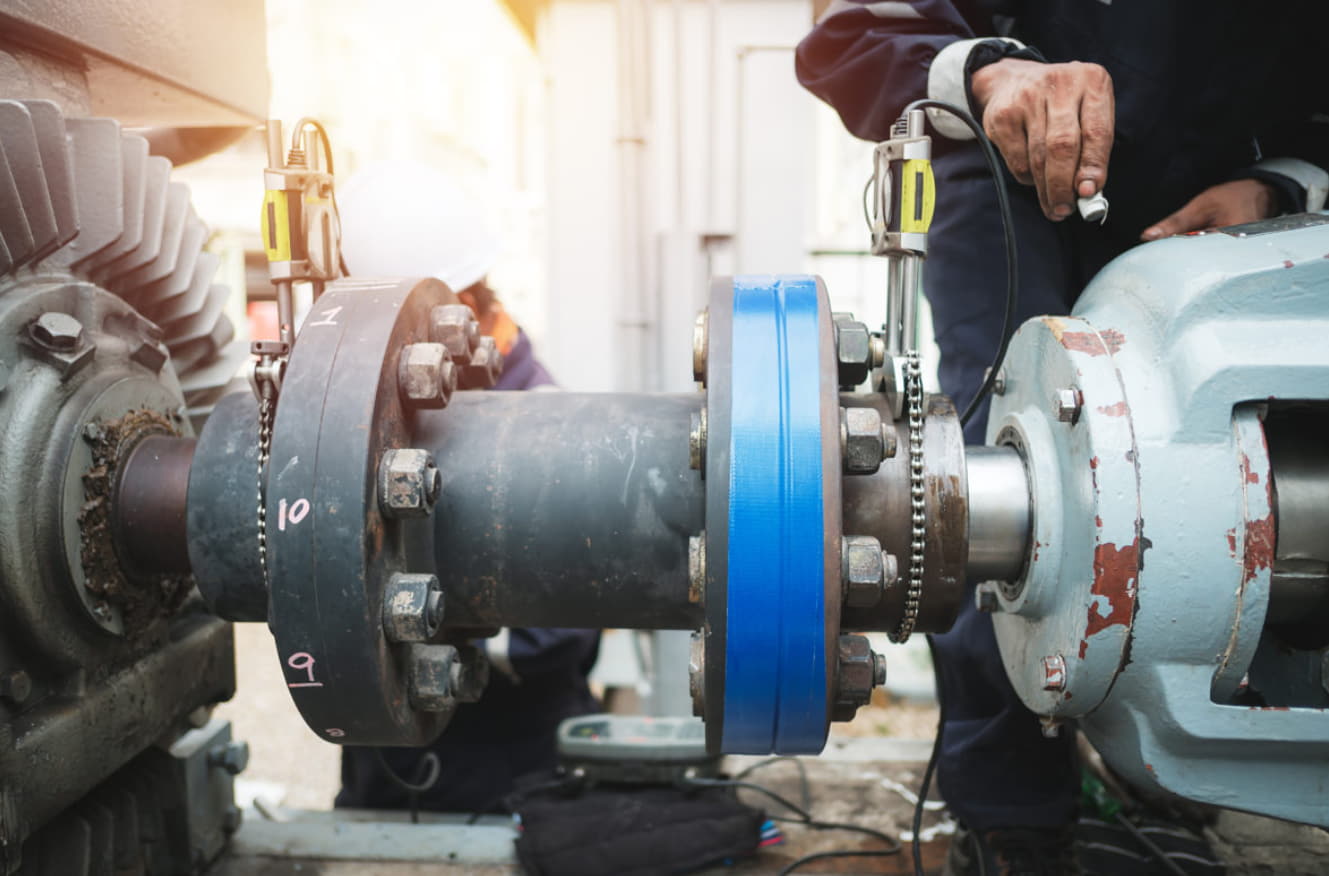When it comes to industrial machinery, precision is paramount. One crucial aspect often overlooked but with a significant impact on machine performance is pump alignment. In this comprehensive guide, we will delve into the world of pump alignment and why it’s vital for the smooth operation and longevity of your equipment.
Understanding Pump Alignment
It refers to the process of ensuring that the centerlines of the pump and motor shafts are perfectly aligned. In simpler terms, it’s about making sure the pump and its driver (usually an electric motor) are in sync. This alignment is crucial for a variety of reasons.
The Importance of Proper Pump Alignment
- Extended Equipment Life: When your pump and motor are correctly aligned, they experience less wear and tear. Misalignment can lead to excessive vibration, which can damage bearings, seals, and other critical components. Proper alignment extends the life of these components and the entire system.
- Efficiency: Efficient operation is the goal of any industrial system. Misalignment can reduce a pump’s efficiency, meaning it has to work harder to achieve the desired flow and pressure. This not only consumes more energy but also increases operating costs.
- Reduced Maintenance Costs: Frequent breakdowns and maintenance are costly and disruptive. Proper pump alignment reduces the likelihood of breakdowns and minimizes unplanned downtime. It also reduces the need for frequent maintenance, saving both time and money.
- Improved Safety: Misaligned pumps can create safety hazards. Excessive vibration can lead to equipment failure, posing risks to personnel and the environment.
- Optimal Performance: To achieve the best performance, pumps need to operate within their design specifications. Misalignment can cause a pump to operate below its intended capacity or efficiency.
Pump Alignment Methods
There are various methods for achieving proper pump alignment, including:
- Straightedge and Feeler Gauge Method: This traditional method involves using straightedge and feeler gauges to measure and adjust alignment manually.
- Laser Alignment: Laser alignment tools provide precise measurements and are often used for more complex alignments. They offer real-time feedback and can significantly streamline the alignment process.
- Alignment Software: There are software solutions available that can assist in pump laser alignment. These tools can provide guidance and calculations to achieve optimal alignment.
Conclusion
In the world of industrial machinery, every component plays a crucial role in overall performance and efficiency. Pump alignment may seem like a small detail, but its impact is far-reaching. By ensuring that your pumps and motors are properly aligned, you can extend the life of your equipment, reduce operating costs, improve safety, and achieve optimal performance.

